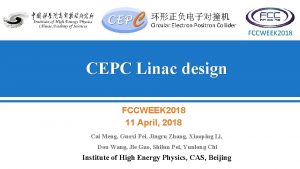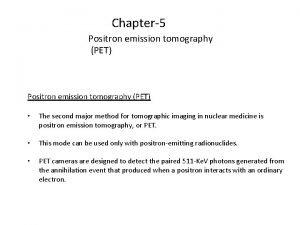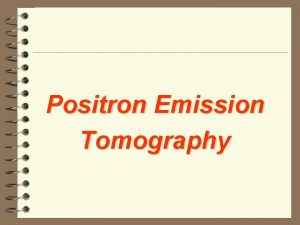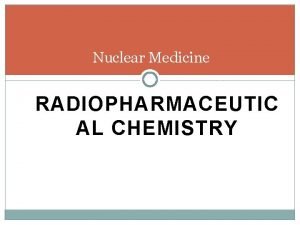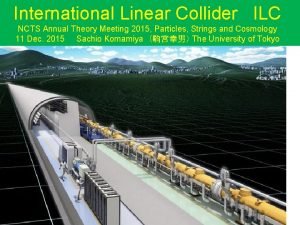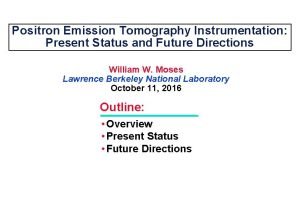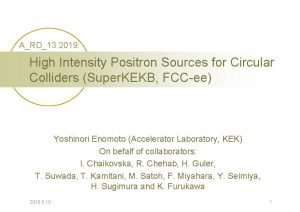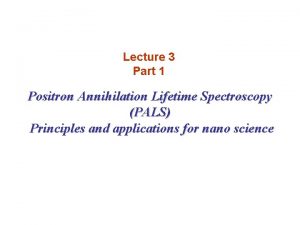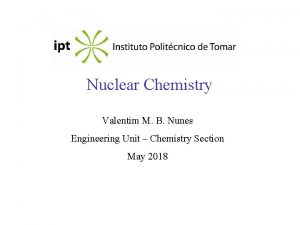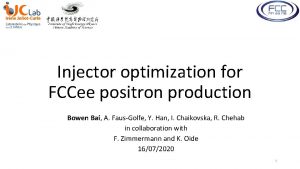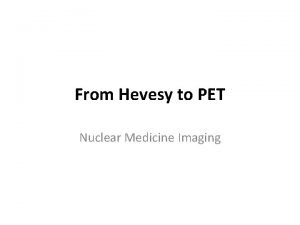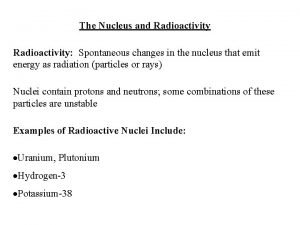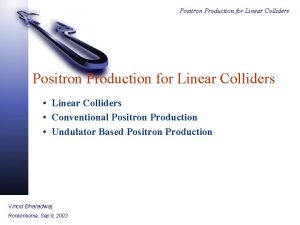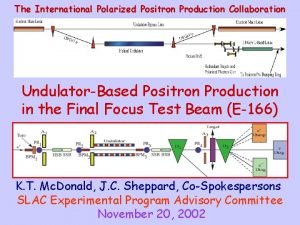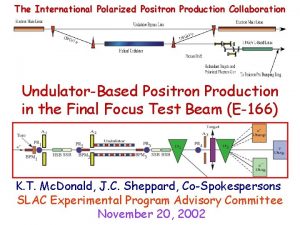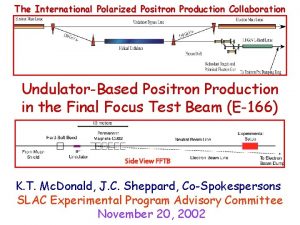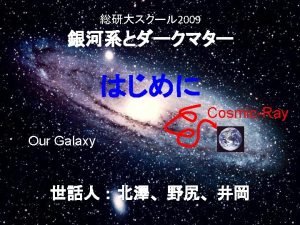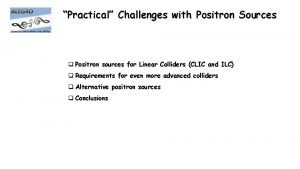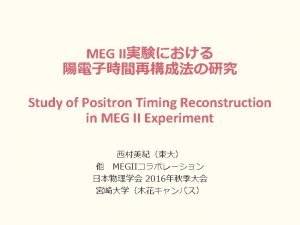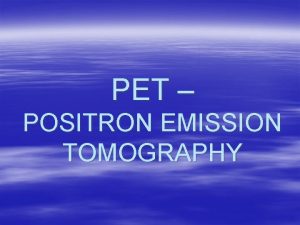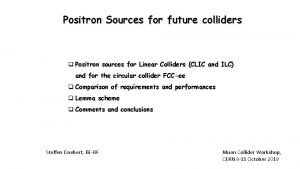MCINFN Since Jan 2011 Positron Production at LI












- Slides: 12

MC-INFN Since Jan 2011 Positron Production at LI 2 FE Target 4 mm 70 cm Eg = 4, 10, 20 Me. V ; E/E=0 Ee- = 30, 150 Me. V ; E/E=0 francesco. broggi@mi. infn. it Beam spot (1 mm) Meeting LI 2 FE Frascati -mar-2011 1 -2 -5 mm 16 1

Electrons are present too (a little bit more than positrons). Protons are produced in air (g on N 2), not in the target 2

Target Material Eg = 10 Me. V Target 1 mm thick Meeting LI 2 FE Frascati -mar-2011 16 3

Target Length Higher production occurs at higher energy (because the cross section increases as the logarithm of the energy). The best thickness for positrons (and electrons) is 2 mm, (effect more evident for E=20 Me. V). (This behaviour is probably due to a trade-off between the number of the target nuclei and the self absorption). At 4 Me. V the geometry of the target seems unessential for positrons. Meeting LI 2 FE Frascati -mar-2011 16 4

Target Geometry (mm) Positron produced (e+ pr-1) ± err% Length Radius Forward Side Backward 1 2 6. 9 E-02 ± 6 5. 4 E-04 ± 0. 6 2. 5 E-03 ± 0. 3 2 2 9. 2 E-02 ± 4 5. 7 E-04 ± 0. 1 3. 1 E-03 ± 0. 3 5 2 7. 6 E-02 ± 5 === 3. 2 E-03 ± 0. 3 Eg = 10 Me. V Having a primary photon flux of 109 photons/sec, about 108 forward positrons can be obtained. What about the spectrum and the angular distribution of the positrons (users want “beam”) Meeting LI 2 FE Frascati -mar-2011 16 5

Photo/Electro production PHOTOPRODUCTION ELECTROPRODUCTION NEEDS A LASER NO EXTRA HW (Hw, controls, maintenance) DIRECT PROCESS gmonochromatic +N e+ + e- TWO STEP PROCESS e- + N gbremsstrahlung + N e+ + e- e+ are secondaries e+ are tertiaries Photoproduction is expected more efficient (depending on the energy) Better beam quality Meeting LI 2 FE Frascati -mar-2011 16 6

Meeting LI 2 FE Frascati -mar-2011 16 7

Photo/Electro production Positron fw production at 1 Hz (0<q<5°) 109 Photons 1. 1 n. C Electrons The photons available at LI 2 FE can be 109 per shot The primary electrons can be 1. 1 n. C 7 x 1010 “ Meeting LI 2 FE Frascati -mar-2011 16 Energy Positrons ± err% 4 1. 9 x 104 ± 2. 6 10 9. 6 x 104 ± 0. 8 20 2. 2 x 105 ± 0. 8 30 8. 0 x 104 ± 8. 8 150 4. 5 x 105 ± 3. 4 The repetition rate can increase to 10 Hz 8

E =0. 5 Me. V Different scales Meeting LI 2 FE Frascati -mar-2011 16 9

E =0. 5 Me. V Same scales The spectrum is continuous in both the situation, but photoproduction is more efficient (the energy of the maximum is relatively higher) Meeting LI 2 FE Frascati -mar-2011 16 10

Positron beam will be available at LI 2 FE Production efficiency is about some % (considering the integral production) Efficiency for fw and monochromatic beams is about 1/104 ( q= 5°) (25% for g=4 Me. V < E/E < 3% for g=20 Me. V beams) The electro-production from the SPARC beam and photoproduction from PLASMON-X photons have almost the same efficiency (because of the limited charge of the electron beam, 1 n. C electrons vs. 109 photons) Meeting LI 2 FE Frascati -mar-2011 16 11

Neutron Beams n from g or e- beam on W are about a factor 100 less than e+ Alternative method is the photodissociation of the deuterons (g +D 2 O n + …) Giving 108 -109 fw neutrons F. Broggi, L. Serafini: "A Possible Neutron Source at "LIFE", EBD-09/003, 10/11/2009 Meeting LI 2 FE Frascati -mar-2011 16 12

